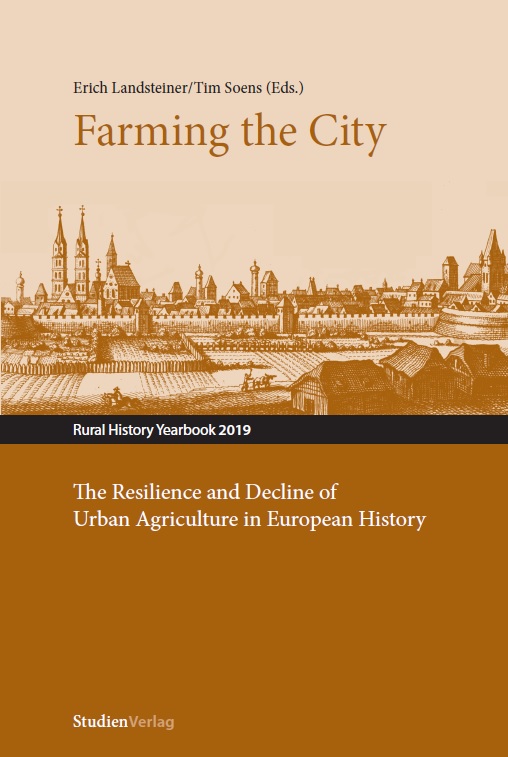Urban Agriculture and Urban Food Provisioning in Pre-1850 Europe: Towards a Research Agenda
DOI:
https://doi.org/10.25365/rhy-2019-2Schlagworte:
urban agriculture, urban food supplies, horticulture, market gardening, famineAbstract
“Feeding the city” has been a prominent topic in historical literature for many decades. Most of this literature, however, remained based on the assumption that cities above a certain population level are essentially fed through the market, with rural agricultural surpluses being exchanged for the products of urban industry and trade. Stimulated by recent articulations of alternative ways of urban food provision- ing, this article reconsiders the importance of urban agriculture in European towns before 1850 from the perspective of “urban food alternatives”. The scattered evidence suggests that in many European towns a significant part of the urban population was directly involved in food production, but also that important differences persisted both between towns and between households in a town. While traditional interpre- tations – for instance, those linking urban agriculture with small towns, poverty, or the rise of commercial horticulture – fail to explain this spatial, social, and temporal variation, a better understanding of the success and decline of urban agriculture in dif- ferent market configurations and in different social contexts might offer an important historical contribution to present-day debates on the viability and social dynamics of such urban food alternatives.


